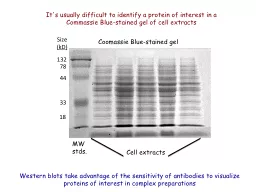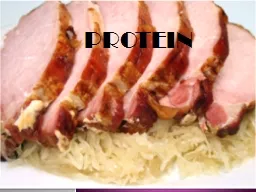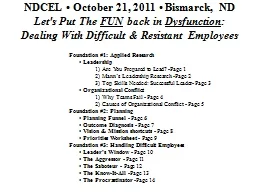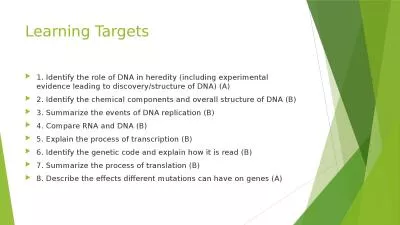PPT-It's usually difficult to identify a protein of interest in
Author : pasty-toler | Published Date : 2016-02-22
Coomassie Bluestained gel MW stds Cell extracts 33 44 78 18 132 Size kD Western blots take advantage of the sensitivity of antibodies to visualize proteins of interest
Presentation Embed Code
Download Presentation
Download Presentation The PPT/PDF document "It's usually difficult to identify a pro..." is the property of its rightful owner. Permission is granted to download and print the materials on this website for personal, non-commercial use only, and to display it on your personal computer provided you do not modify the materials and that you retain all copyright notices contained in the materials. By downloading content from our website, you accept the terms of this agreement.
It's usually difficult to identify a protein of interest in: Transcript
Download Rules Of Document
"It's usually difficult to identify a protein of interest in"The content belongs to its owner. You may download and print it for personal use, without modification, and keep all copyright notices. By downloading, you agree to these terms.
Related Documents














